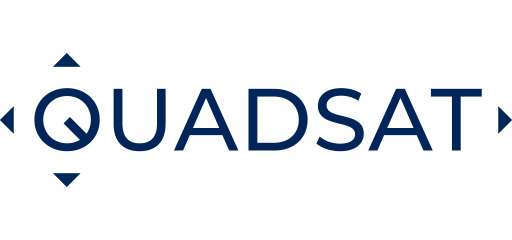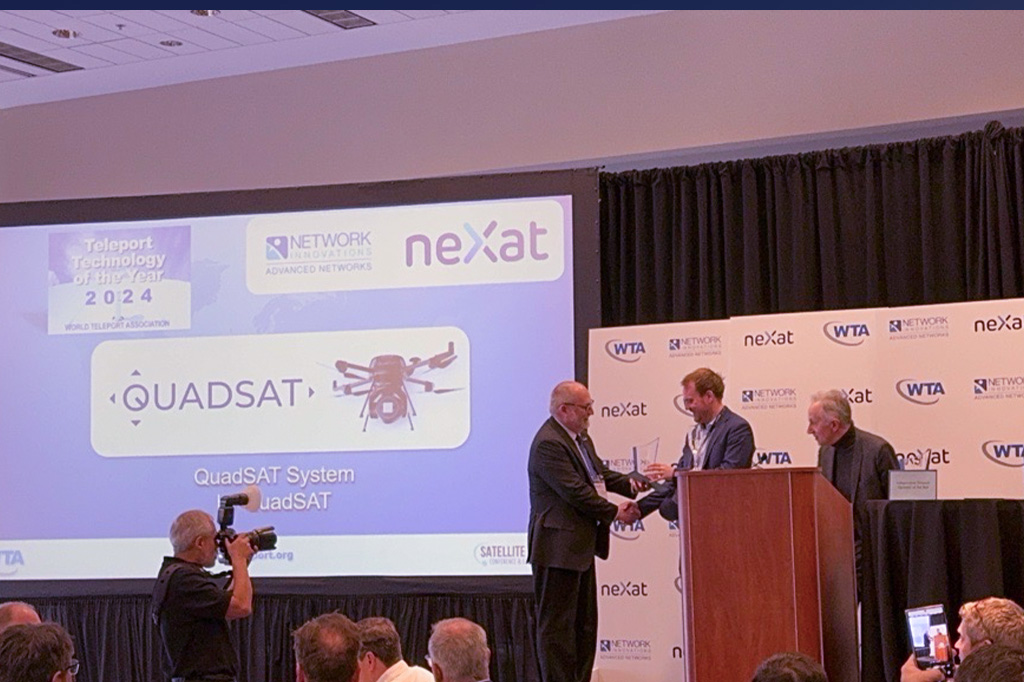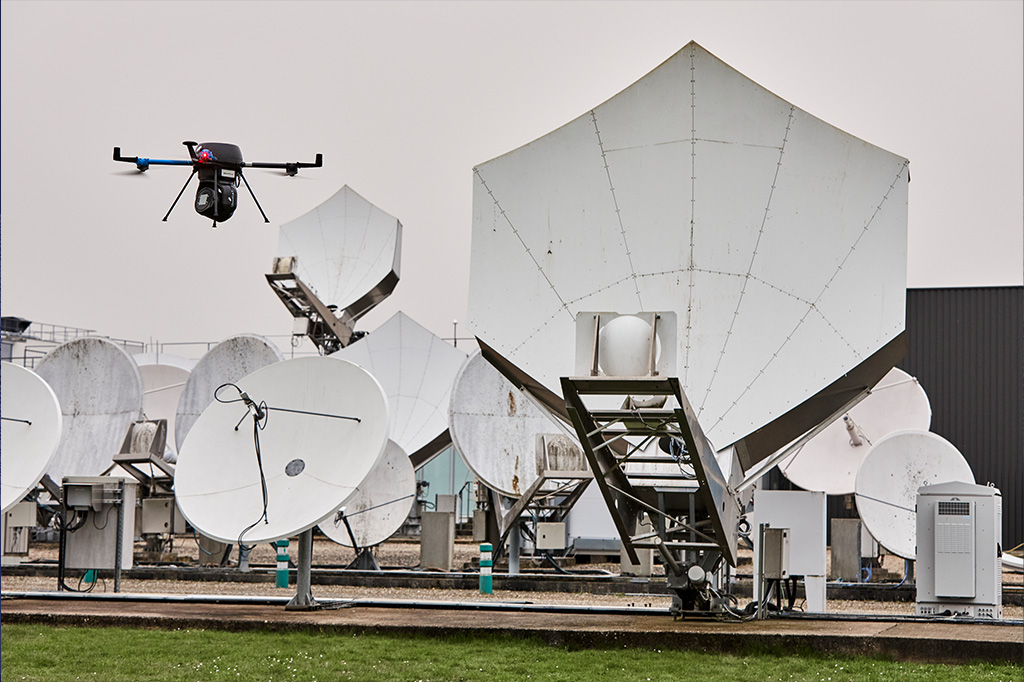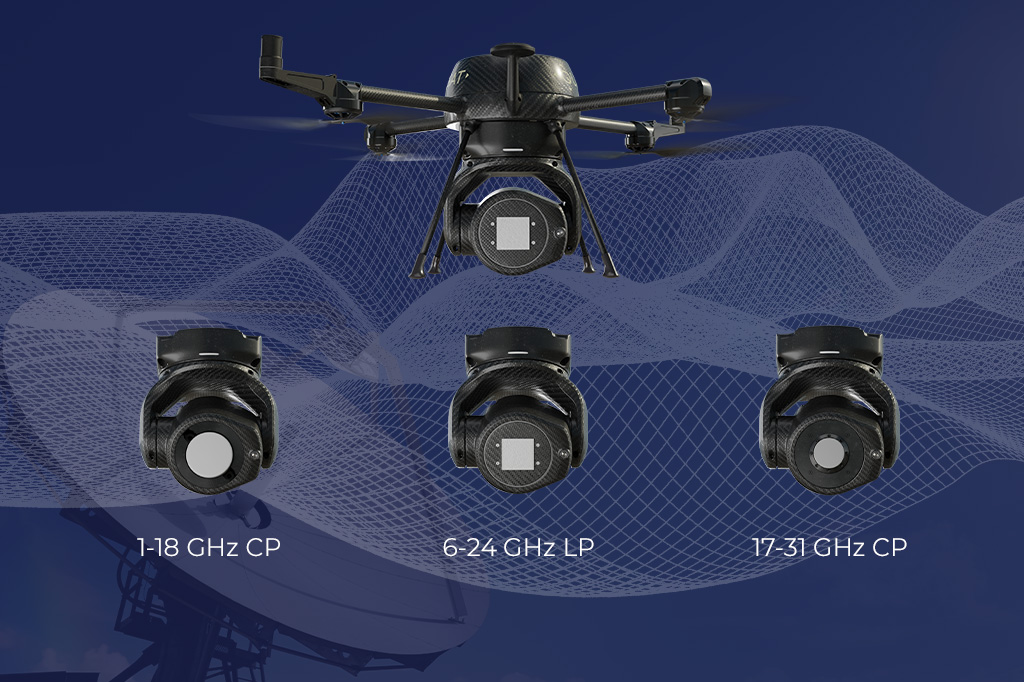By Joakim Espeland, CEO QuadSAT
The satellite industry is evolving at an unprecedented pace and so is the ground segment. In 2017, there were just 338 smallsat launches worldwide, and in 2020 the number increased to more than 1200. The increase of Low Earth Orbit (LEO) and Medium Earth Orbit (MEO) launches will inevitably have an impact on the ground segment, forcing change in order to keep up the pace of development.
A great deal of the ground segment infrastructure for LEO is still relatively undecided – indeed, manufacturers are trying to predetermine the needs of a changing industry and put the infrastructure into place ready for a new era of satcomms.
Let’s consider three elements that will be vital to move the ground segment forward.
Adaptation
The ground segment needs to become as agile as it can in order to innovate and adapt to satellite changes. Changes in the sky must be reflected in the operations on the ground, otherwise, the ground segment will not keep up. Innovation in the industry is crucial, and it seems likely that programmable Flat Panel Antennas (FPA s) will be utilised, due to LEO and MEO satellites moving across the sky in comparison to a relatively static GEO satellite. Multiple antennas will need to be employed to ensure consistent coverage, but many FPAs fall short of the exacting standards required to ensure consistent, high-quality connection.
Testing
In order to remain competitive, and to ensure that satellite is recognised as a solution for next-generation resources, we need to guarantee that services remain error-free. The greatest cause of error in satellites is equipment failure, so it is imperative that new equipment receives rigorous testing before it is put on the network. Testing however can be time-consuming, which is not always ideal when ground equipment is being adapted quickly to meet demand. It is also essential for testing standards to become as agile as the industry itself, as older testing methods may not be suitable for newer technology, as initial antenna labs nor test ranges were not designed for use with LEO satellite. It may not be cost-effective to use traditional testing regimes for next-generation satellites.
Type Approvals
In addition to testing, Type Approvals are a valid way to let operators and users know that they can be confident in their equipment and that they perform well in industry testing. It seems logical that these Type Approvals will need to mirror the testing standards and adapt or extend in order to meet emerging technology, in particular with relation to FPAs.
Addressing the Challenges in the Ground Segment
It seems clear that the satellite industry is facing a challenging time. As well as the considerations above, satellite operators also need to have answers to the questions of RF signal and bandwidth, how redundancy will be managed, and how many satellites will need to be tracked concurrently. There is the additional threat of emerging competition from different communications methods, something that has increased over the past 18 months. But we need not be unduly concerned – satellite has proven itself to be a reliable solution and, if operators are willing to pivot and adapt to address these obstacles, it has great potential to enable a great many next-gen services.



